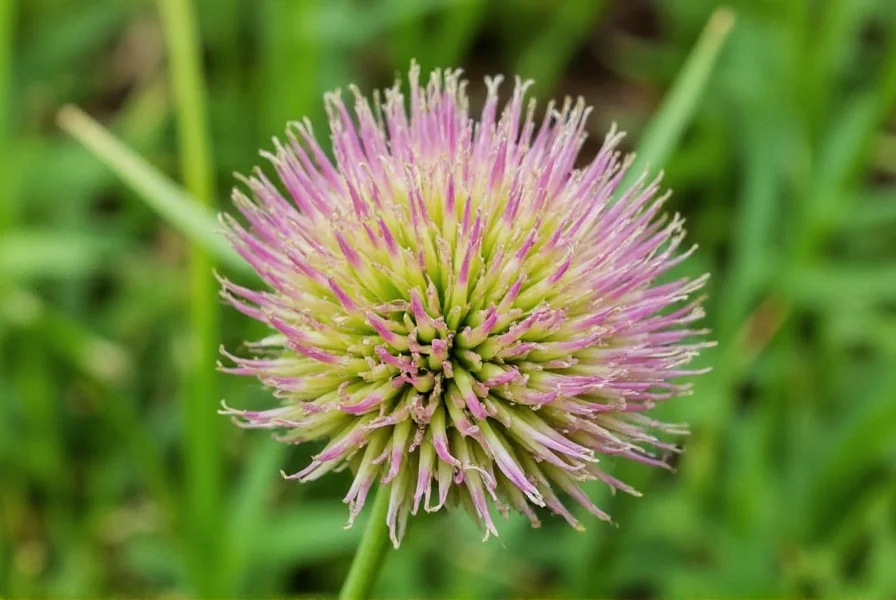Many people searching for information about "red yeast clover" are actually looking for details about either red yeast rice or red clover, two completely separate natural products with different properties, uses, and safety profiles. This confusion likely stems from the similar-sounding names and both being used in traditional herbal medicine.
Understanding Red Yeast Rice vs. Red Clover
Before exploring the benefits and considerations of each, it's essential to clarify these distinct substances. Red yeast rice and red clover serve different purposes in wellness practices and have unique chemical compositions that affect their potential health impacts.
What Is Red Yeast Rice?
Red yeast rice (Monascus purpureus-fermented rice) is a traditional Chinese food product created by fermenting rice with the yeast Monascus purpureus. This fermentation process produces several compounds, most notably monacolin K, which is chemically identical to the prescription medication lovastatin used for cholesterol management.
Historically used in Asian cuisine and traditional medicine for centuries, red yeast rice gained attention in Western countries for its potential cardiovascular benefits. The U.S. Food and Drug Administration has issued warnings about some red yeast rice products containing significant amounts of monacolin K, effectively making them unapproved drug products.
What Is Red Clover?
Red clover (Trifolium pratense) is a flowering plant in the legume family, easily recognized by its distinctive reddish-purple blossoms. Unlike red yeast rice, red clover is not a fermented product but a herb traditionally used for respiratory conditions, skin disorders, and women's health concerns.
The plant contains isoflavones, which are plant compounds with estrogen-like effects. This characteristic has led to its popularity as a natural remedy for menopausal symptoms, though scientific evidence supporting its effectiveness remains limited and sometimes contradictory.
| Characteristic | Red Yeast Rice | Red Clover |
|---|---|---|
| Origin | Fermented rice product | Flowering plant (Trifolium pratense) |
| Primary Active Compounds | Monacolins (including monacolin K) | Isoflavones (biochanin A, formononetin) |
| Main Traditional Uses | Cardiovascular health, digestion | Menopausal symptoms, skin conditions |
| Primary Research Focus | Cholesterol management | Hormonal balance, bone health |
| Regulatory Status | Controversial (contains drug-like compounds) | Generally recognized as safe supplement |
Scientific Evidence for Red Yeast Rice
Multiple studies have investigated red yeast rice's potential for cholesterol management. A 2019 meta-analysis published in the Journal of Functional Foods concluded that red yeast rice supplementation significantly reduced total cholesterol, LDL cholesterol, and triglycerides while increasing HDL cholesterol.
However, safety concerns exist. The monacolin K content varies significantly between products, and some may contain citrinin, a potentially harmful byproduct of fermentation. The FDA has taken action against several red yeast rice products for containing unacceptably high levels of citrinin or for effectively being unapproved statin drugs.
Scientific Evidence for Red Clover
Research on red clover primarily focuses on its potential benefits for menopausal women. A 2020 systematic review in Maturitas examined 11 clinical trials and found mixed results regarding red clover's effectiveness for reducing hot flashes. Some studies showed modest benefits, while others found no significant difference compared to placebo.
Other research areas include bone health and cardiovascular markers. While some preliminary studies suggest potential benefits, the evidence remains insufficient to make definitive claims about red clover's effectiveness for specific health conditions.
Safety Considerations for Both Supplements
Red yeast rice safety concerns: Because of its statin-like compounds, red yeast rice carries similar risks to prescription statins, including muscle pain, liver damage, and potential interactions with other medications like fibrates and certain antibiotics. People with liver disease or those taking statin medications should avoid red yeast rice without medical supervision.
Red clover safety considerations: Due to its estrogen-like compounds, red clover may not be appropriate for individuals with hormone-sensitive conditions such as breast cancer, uterine cancer, ovarian cancer, endometriosis, or uterine fibroids. It may also interact with blood thinners and other medications.

Quality Control Challenges
Both supplements face significant quality control issues. The National Institutes of Health reports that supplement potency can vary dramatically between brands and even between batches of the same product. Third-party testing organizations like USP, ConsumerLab, and NSF International provide verification services, but not all products undergo this independent testing.
When considering either supplement, look for products with third-party verification seals, check for batch-specific testing results, and consult with a healthcare provider who understands your complete medical history and current medications.
When to Consult a Healthcare Professional
Before incorporating either red yeast rice or red clover into your wellness routine, consult with a qualified healthcare provider, especially if you:
- Have liver disease or take medications metabolized by the liver
- Are pregnant, breastfeeding, or trying to conceive
- Have a history of hormone-sensitive cancers
- Take blood thinners, statins, or other prescription medications
- Have uncontrolled medical conditions
Healthcare providers can help determine whether these supplements might interact with your current treatments and whether the potential benefits outweigh the risks in your specific situation.
Making Informed Decisions About Natural Supplements
The confusion between red yeast rice and red clover highlights a broader challenge in the supplement industry: inconsistent naming, marketing claims that outpace scientific evidence, and variable product quality. When researching natural products, prioritize sources that cite peer-reviewed research, disclose potential conflicts of interest, and present balanced information about both benefits and risks.
Remember that "natural" doesn't automatically mean safe or effective. Both red yeast rice and red clover have potential benefits but also carry risks that should be carefully considered. The most effective approach to health often involves evidence-based lifestyle changes alongside conventional medical care, rather than relying solely on supplements.










 浙公网安备
33010002000092号
浙公网安备
33010002000092号 浙B2-20120091-4
浙B2-20120091-4